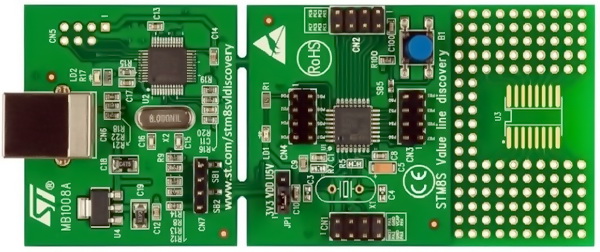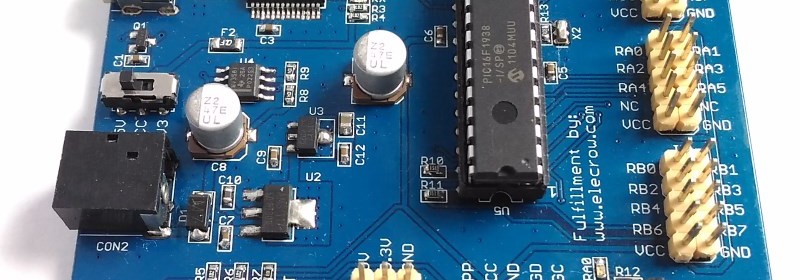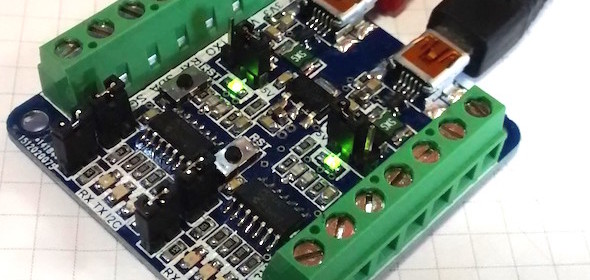Tinkering TI MSP430F5529

In my past tutorials on MSP430s, I demonstrated how to get started with MSP430 general purpose microcontrollers from Texas Instruments (TI). Those tutorials covered most aspects of low and mid-end MSP430G2xxx series microcontrollers. For those tutorials, TI’s official software suite – Code Composer Studio (CCS) – an Eclipse-based IDE and GRACE – a graphical peripheral initialization and configuration tool similar to STM32CubeMX were used. To me, those low and mid-end TIs chips are cool and offer best resources one can expect at affordable prices and small physical form-factors. I also briefly discussed about advanced MSP430 microcontrollers and the software resources
Read more


